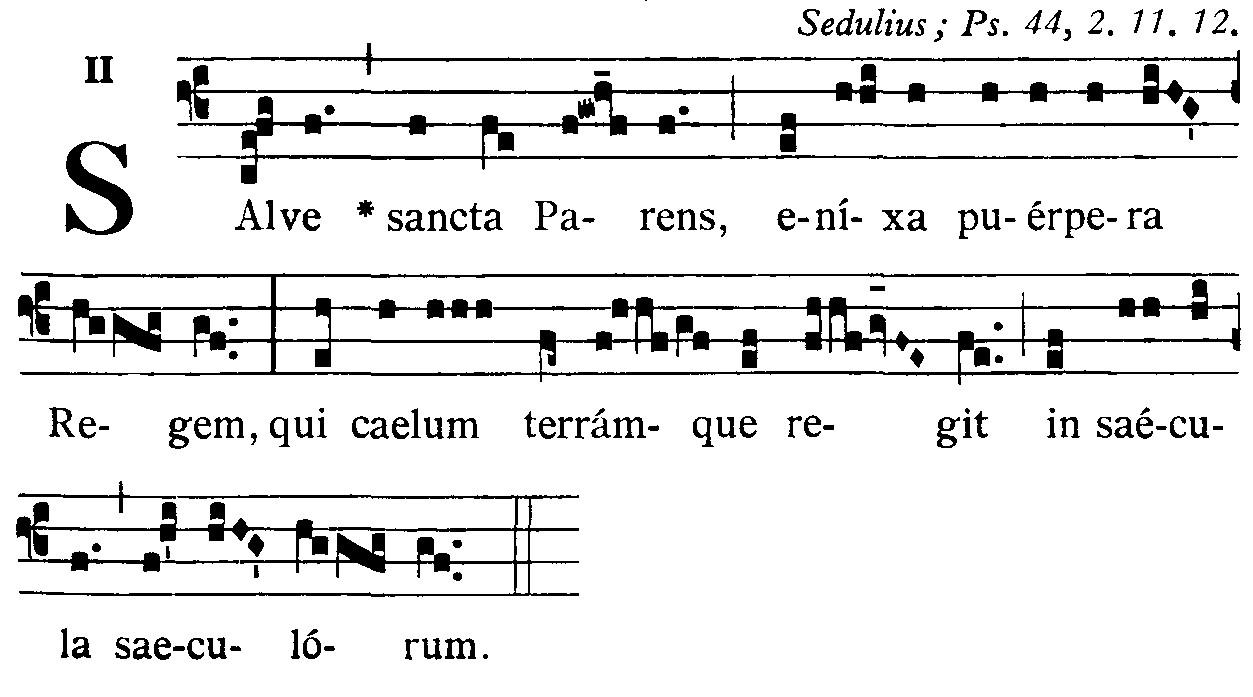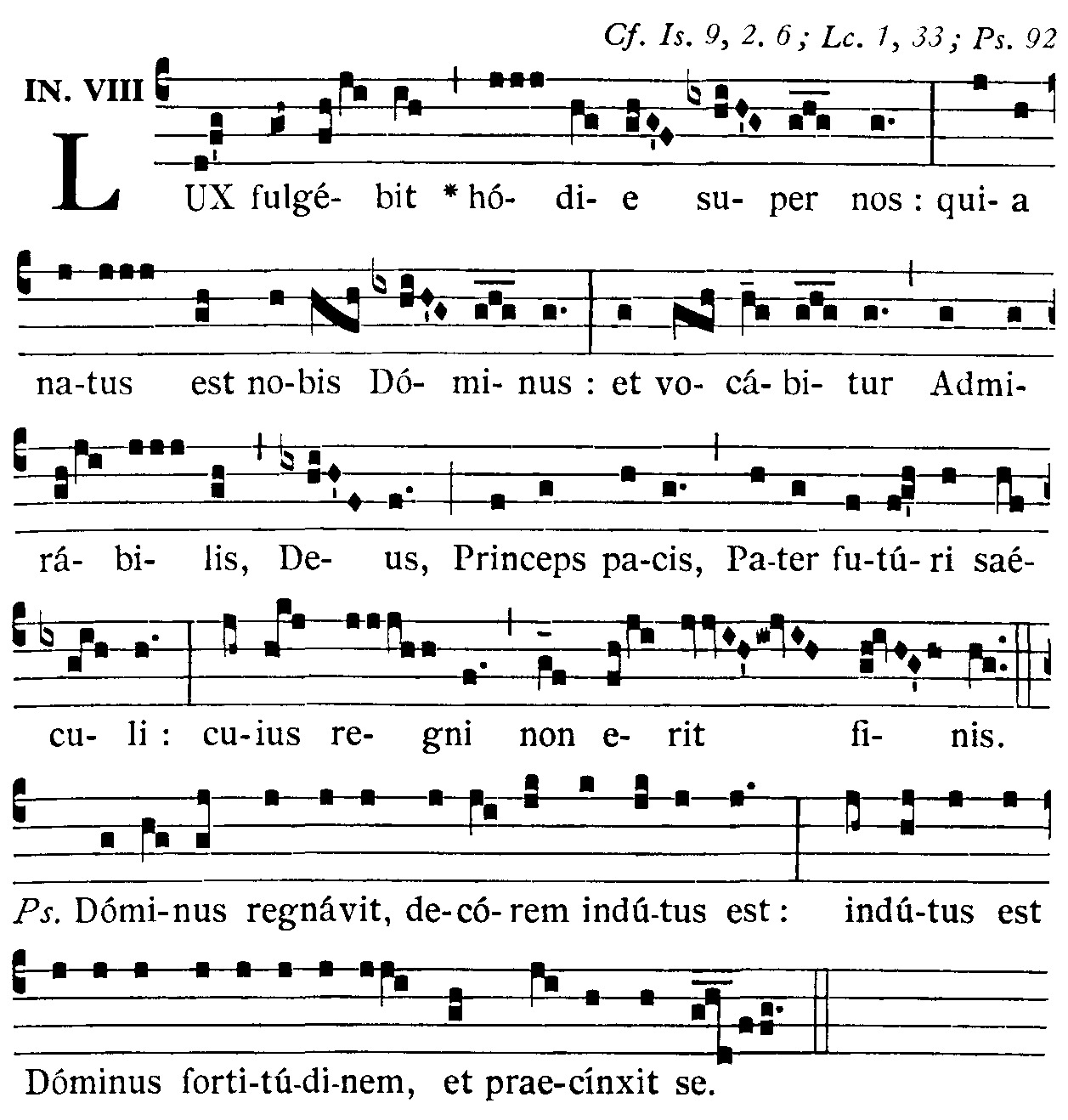V. Dóminus vobíscum.
R. Et cum spíritu tuo.
V. Sursum corda.
R. Habémus ad Dóminum.
V. Grátias agámus Dómino Deo nostro.
R. Dignum et iustum est.
Vere dignum et iustum est, æquum et salutáre,
nos tibi semper et ubíque grátias ágere:
Dómine, sancte Pater, omnípotens ætérne Deus:
Qui miris signásti mystériis novum in Iordáne lavácrum,
ut, per vocem de cælo delápsam,
habitáre Verbum tuum inter hómines crederétur;
et, per Spíritum in colúmbæ spécie descendéntem,
Christus Servus tuus óleo perúngi lætítiæ
ac mitti ad evangelizándum paupéribus noscerétur.
Et ídeo cum cælórum virtútibus
in terris te iúgiter celebrámus,
maiestáti tuæ sine fine clamántes:
Sanctus, Sanctus, Sanctus Dóminus Deus Sábaoth.
Pleni sunt cæli et terra glória tua.
Hosánna in excélsis.
Benedictus qui venit in nómine Dómini.
Hosánna in excélsis.
© Copyright – Libreria Editrice Vaticana


